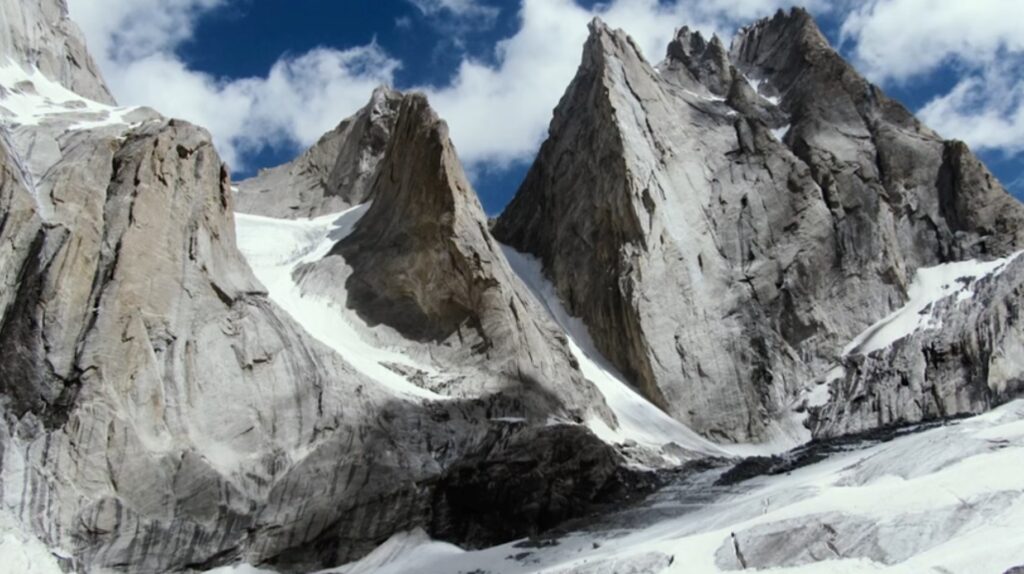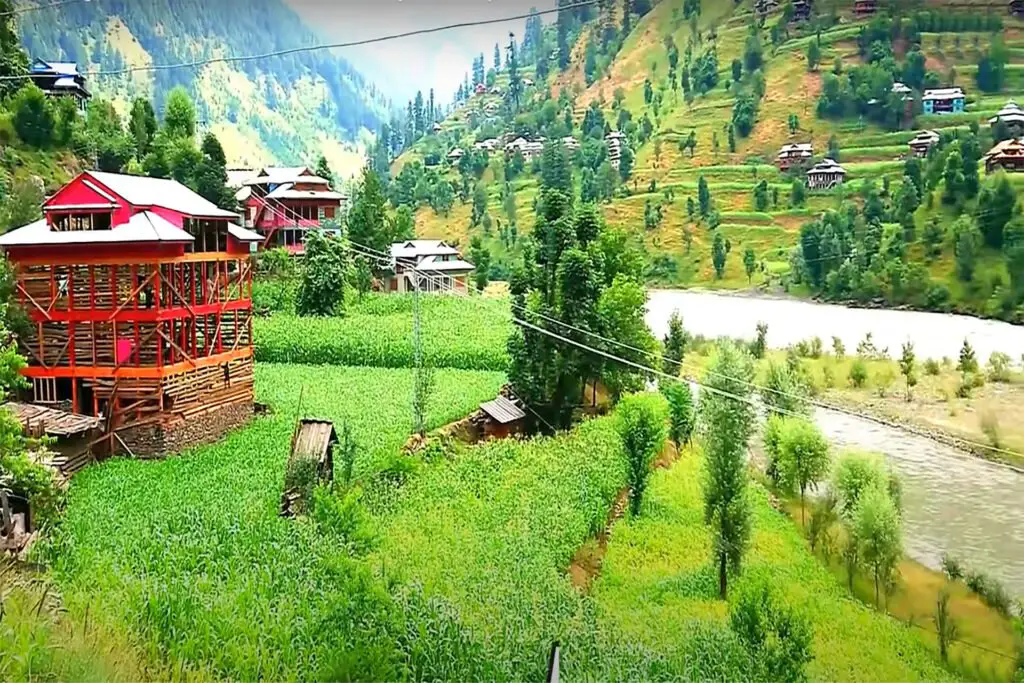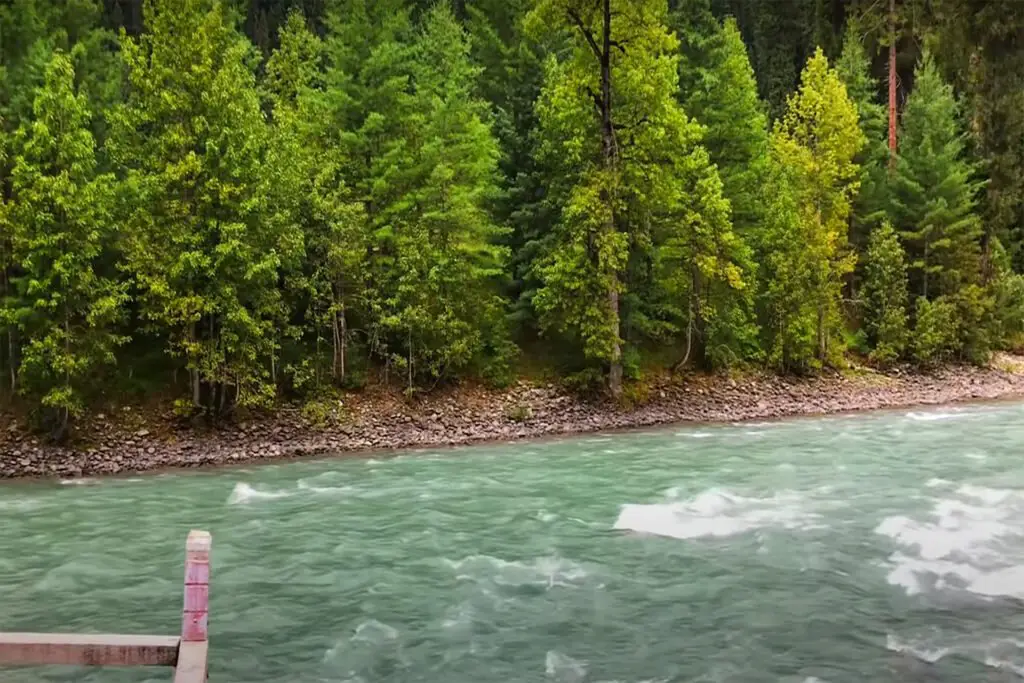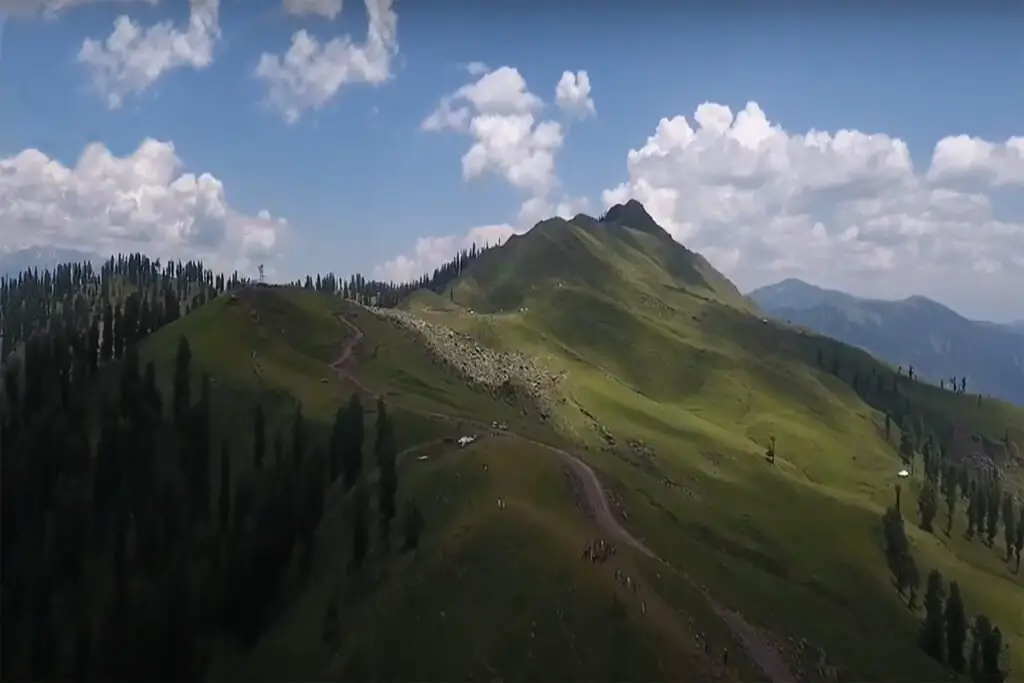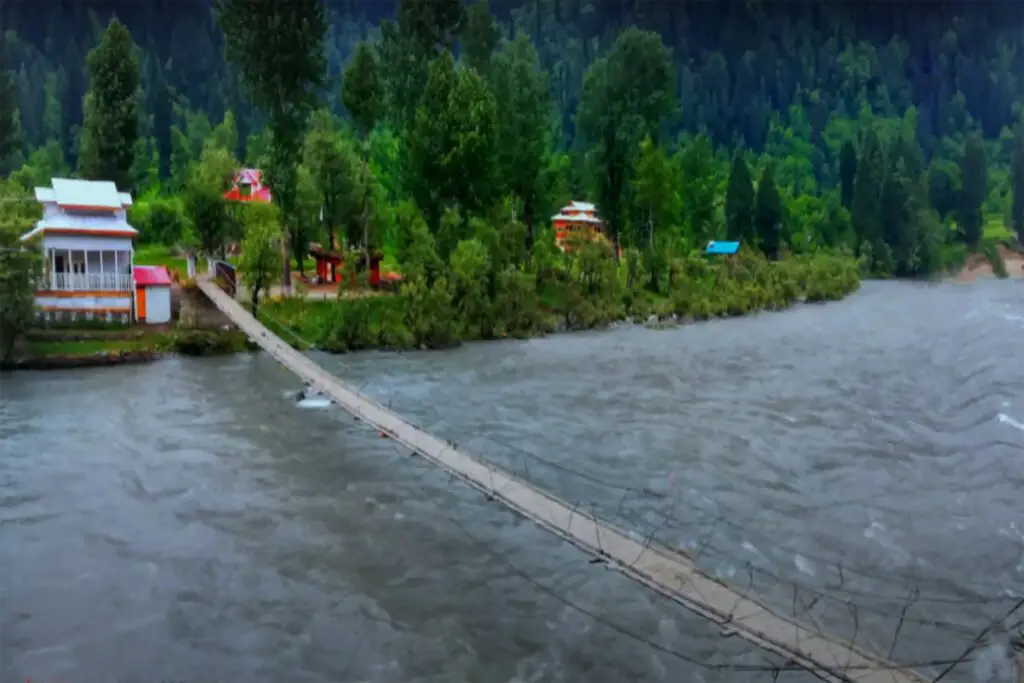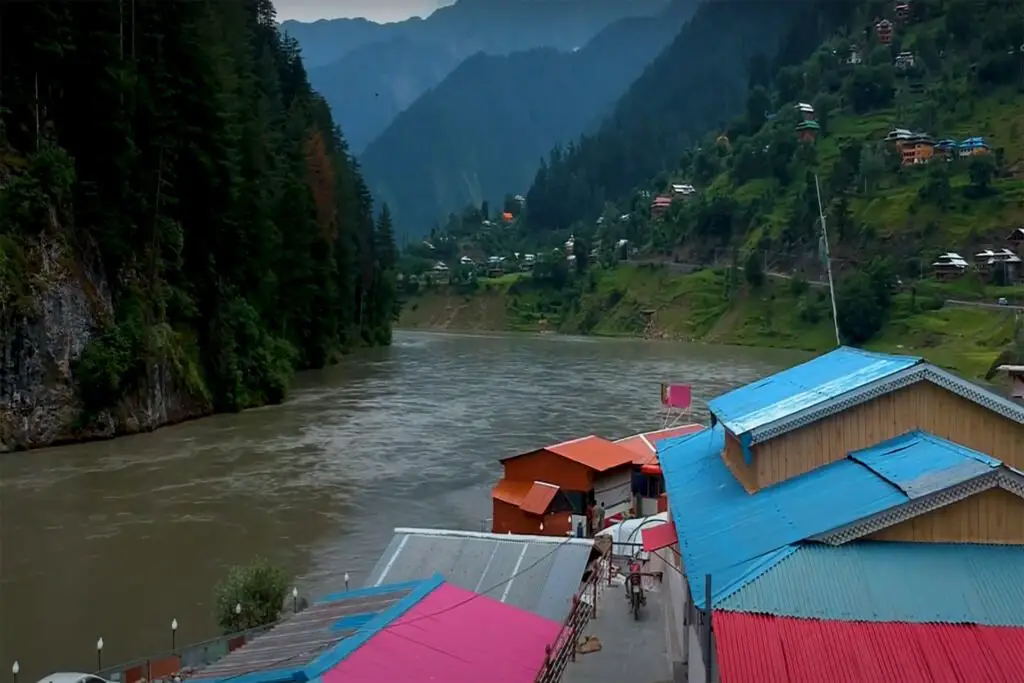Nestled within the majestic Karakoram Range of Pakistan, Khane Valley offers a paradise for rock climbing enthusiasts seeking thrilling adventures in unexplored terrain. This valley is home to numerous unclimbed peaks and unknown steep big wall ascents, making it an ideal destination for those in search of challenging rock climbing opportunities. In this article, we explore the allure of Khane Valley, its prominent peaks, and the exhilarating rock climbing experiences it has to offer.
Khane Valley is a hidden gem within the Baltistan-Karakorum region, specifically within the Tagas Group. This pristine valley, characterized by its rugged beauty, runs perpendicular to the Hushue Valley, which provides access to Masherbrum (K1), and runs parallel to the more renowned Nangma Valley to the south.
The Untapped Potential of Khane Valley:
Khane Valley remains relatively unknown and untouched by climbers, offering a treasure trove of unclimbed peaks and hidden rock areas. The valley presents a perfect playground for rock climbing enthusiasts, with its diverse and challenging rock formations. This unexplored terrain invites daring climbers to push their limits and embark on new adventures.
Notable Peaks and First Ascents:
Within Khane Valley, there are several prominent peaks that have witnessed successful ascents. These triumphs showcase the potential for exploration and discovery that awaits climbers in Khane Valley.
Rock Climbing Experience in Khane Valley:
The rock climbing routes in Khane Valley vary in difficulty, primarily falling within the easy to moderate range. The routes often include a couple of 6a+ to 6b sections, providing climbers with exciting challenges and opportunities to improve their skills. The pinnacle of these climbs offers a magnificent rock needle with a 2×3 m (6.6×9.1 ft) platform at the summit, allowing climbers to soak in breathtaking panoramic views in all directions.
Unclimbed Peaks and Endless Possibilities:
One of the distinguishing features of Khane Valley is the abundance of unclimbed peaks, ranging from 5000 to 6000 meters (16,404 to 19,685 feet). These untouched rock formations present a blank canvas for aspiring climbers, inviting them to pioneer new routes and embark on daring expeditions. The valley’s remote and pristine nature adds to the allure, allowing climbers to experience the thrill of exploration in a truly breathtaking environment.
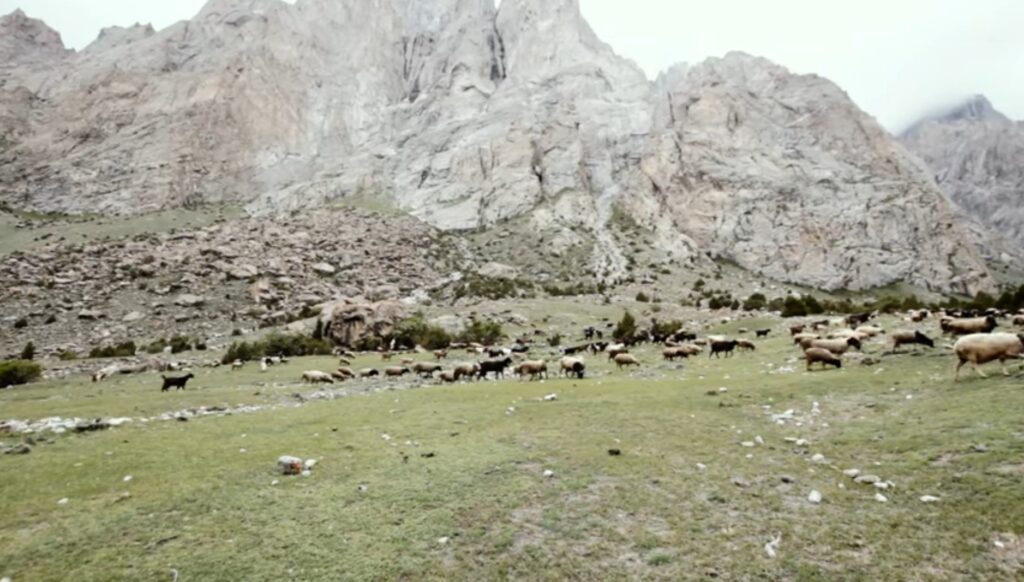
A Journey into Khane Valley
To reach the Khane Valley, one typically starts their journey in Skardu, a city in Pakistan connected to Islamabad via flight or a two-day drive along the scenic Karakoram Highway. This iconic road, while offering breathtaking vistas, can be challenging due to its rugged conditions. From Skardu, a gravel road tracing the Shyok River leads to Khaplu. Crossing a bridge on the valley’s orographic right side grants access to the Hushe Valley along the Hushe River. After passing through Machulo, a small bridge marks the entrance to the village of Khane, approximately a five-hour drive from Khaplu.
It’s worth noting that landslides often disrupt travel on this route, and seasonal factors can impact accessibility, as we experienced during our visit, encountering challenges due to flooding in late July.
Ascending to the Base Camp
Once you arrive in the village, further exploration of the valley can only be undertaken on foot. A well-marked trail, adorned with cairns, ascends along the valley’s left orographic slope, providing magnificent views of the Khane River’s gorge. In the initial stages, the trail does not run alongside the river but rather leads to slopes that flank the deeply carved valley.
Traversing these slopes, you’ll encounter a captivating path adorned with small stone walls housing a water channel. Sadly, numerous landslides have left their mark on this path, necessitating crossings of steep scree sections. After a lengthy level stretch, the path eventually fades away, requiring a crossing over a temporary bridge fashioned from a tree trunk.
Beyond this point, you’ll embark on a climb along a faintly marked path on the valley’s orographic right side, followed by a more distinct trail. As you ascend, the terrain becomes less steep, eventually leading to a vast plain known as the First Terrace, situated at an elevation of 4,000 meters (approximately 13,000 feet). This is where the base camp is established, accessible via a 3-4 hour trek from Khane village.
Notably, the paths and cairns in the Khane Valley owe their existence more to the local pastoral communities that utilize the First Terrace for their herds than to the passage of mountaineers or trekkers. As we ventured along these routes, we frequently encountered flocks of goats, sheep, yaks, and cattle under the vigilant care of a local shepherd named Ismail.
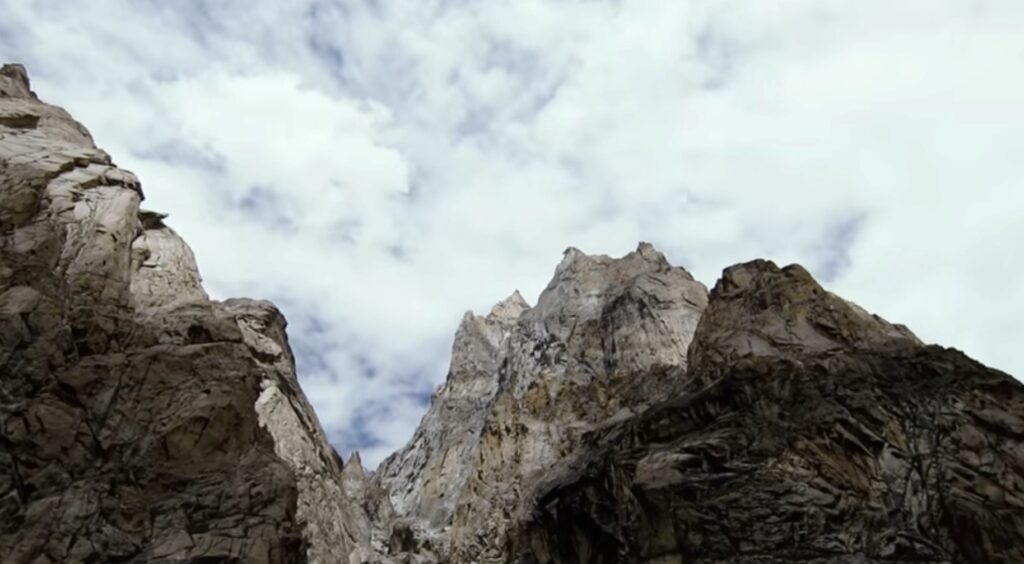
Khane Valley Exploration
The Khane Valley extends from west to east, featuring a distinctive drop towards the east. On the valley’s left orographic side, the Khane River courses within a rocky gorge, while a picturesque waterfall cascades over a cliff on the right side. Approximately midway, a trail ascending this incline provides access to the Second Terrace at an elevation of 4,500 meters (approximately 14,800 feet). Beyond this point, a moraine marks the glacier’s head, which remains devoid of snow.
Prior to this, you’ll discover a suitable site for an advanced camp, serving as a launchpad for ventures into the upper section of the valley, located at an approximate altitude of 4,500 meters. This camp also served as the Bulgarian base camp. From here, the valley undergoes a change in orientation, shifting from south to north. Beyond a steep icefall at 4,900 meters (approximately 16,000 feet), it culminates at the Khane Col, reaching an impressive elevation of 5,250 meters (approximately 17,200 feet) and providing access to the Nangma Valley.
Mountain Majesty in the Khane Valley
The Khane Valley is graced by an array of awe-inspiring peaks that dominate the landscape. Beginning from the base camp and moving towards the Khane Col, here is a glimpse of the prominent mountains that adorn this pristine region:
Right Orographic Side:
- Peak 46, locally known as Shorsa Tower II, features a graceful, elongated rocky ridge in the southeast.
- Peak 41, positioned south of the massive Sofia Peak, boasts enormous suspended slabs on its eastern flank.
- Peak 42 stands as a substantial and sturdy mountain.
- Peak 35, a striking mountain, forms part of a ridge leading to Peak 37.
- Peak 34, one of the earliest mountains conquered in the valley, stands near the Waterfall.
- Peak 25, though partially ascended by an American team, remained unconquered due to challenging rock conditions.
- Agil, an imposing mountain, presents its west wall overlooking the North Khane Glacier (Second Khane Cwm) and its east wall facing the main valley above the Ice Fall.
- Peak 23, reachable from Khane Col II through the Second Khane Cwm, is challenging to pinpoint but offers a mix of terrains and snowy sections.
Left Orographic Side:
- Peak 226 and 225, relatively less attractive mountains, mark the terminus of debris channels.
- Peak 224, essentially a shoulder adjacent to the Grey Tower, appears to have an impervious approach.
- Grey Tower, successfully scaled by the Bulgarian expedition in 2012, is an impressive peak.
- Peak 223 divides the snow channel leading to the Bulgarian Col.
- Peaks 68.2 and 68.1, two additional towers under the north face slopes of Meligo.
- Meligo, a complex and impressive mountain, is visible even from the Hushe Valley, featuring a massive serac connecting its main summit to the south peak.
- Meligo Ridge stretches across Fida Tower, Ghulam Tower, and various summits (Saws Ridge) before reaching Saws Col.
- Spanglab Brakk, with its sharp pyramidal shape, presents a striking sight when viewed from the Hushe Valley.
- The Twins, an impressive mountain with a challenging mixed wall, appears remarkable from the Khane Valley.
- Khamlin, another formidable mountain, adds to the valley’s allure.
- Hidden Peak
Preserving the Wilderness:
As adventurers venture into Khane Valley, it is crucial to promote responsible climbing practices and environmental conservation. Respecting the delicate ecosystem and local communities is essential to ensure the long-term preservation of this pristine wilderness. Collaborative efforts between climbers, conservation organizations, and local authorities can help maintain the natural beauty of Khane Valley for future generations of climbers to enjoy.
Khane Valley stands as a hidden gem within the Karakoram Range, offering rock climbing enthusiasts a chance to explore unclimbed peaks and embark on thrilling adventures. With its diverse rock formations, moderate difficulty levels, and breathtaking summit views, the valley provides a playground for climbers seeking excitement and new challenges. The unexplored peaks and endless possibilities for route development make Khane Valley a dream destination for daring and aspiring climbers. By embracing responsible climbing practices, visitors can ensure the preservation of the valley’s natural beauty, allowing future generations to continue enjoying its wonders.

